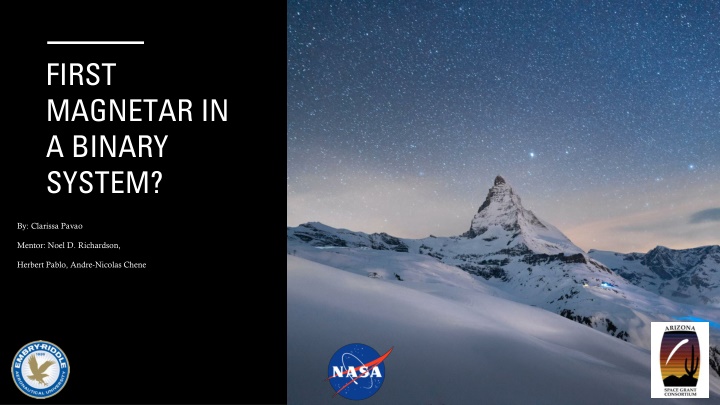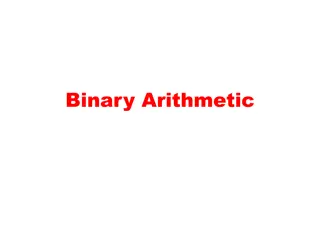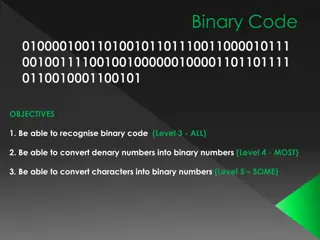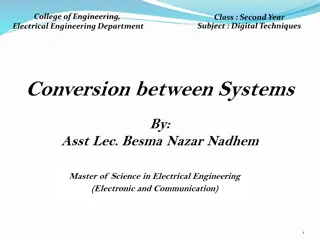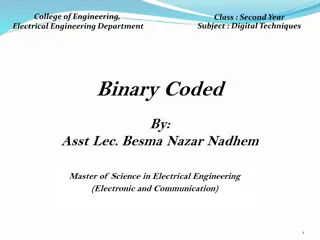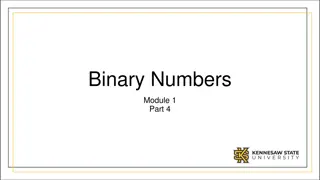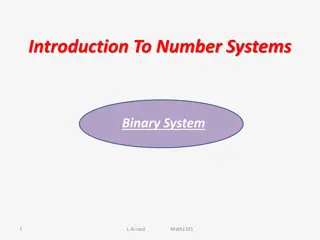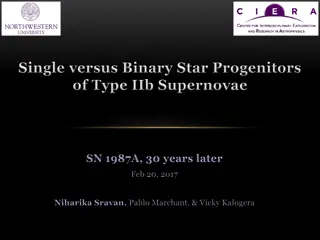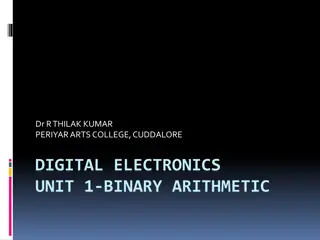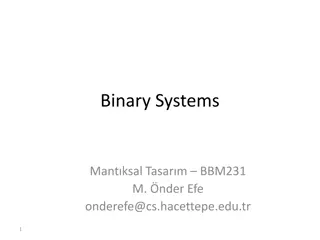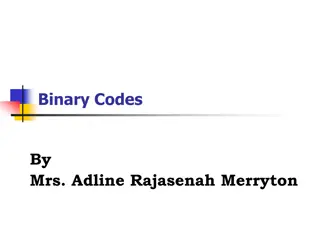FIRST MAGNETAR IN A BINARY SYSTEM
In a groundbreaking discovery, a new magnetar candidate was detected in a binary system by the Swift observatory. This young, highly magnetized neutron star orbits a Be star, hinting at a possible binary nature. Spectroscopic analysis revealed long-term variability and a mild eccentricity in the orbit, supporting the magnetar companion hypothesis. The results are consistent with a low-mass neutron star showing intriguing characteristics. Visual representations illustrate the relationship within the binary system, offering insights into the dynamics at play.
Download Presentation

Please find below an Image/Link to download the presentation.
The content on the website is provided AS IS for your information and personal use only. It may not be sold, licensed, or shared on other websites without obtaining consent from the author.If you encounter any issues during the download, it is possible that the publisher has removed the file from their server.
You are allowed to download the files provided on this website for personal or commercial use, subject to the condition that they are used lawfully. All files are the property of their respective owners.
The content on the website is provided AS IS for your information and personal use only. It may not be sold, licensed, or shared on other websites without obtaining consent from the author.
E N D
Presentation Transcript
FIRST MAGNETAR IN A BINARY SYSTEM? By: Clarissa Pavao Mentor: Noel D. Richardson, Herbert Pablo, Andre-Nicolas Chene
PROJECT SUMMARY Swift detected new magnetar candidate Magnetars are young and highly magnetized neutron stars Be star was found by this magnetar Spectroscopic orbit Possible binary system https://apod.nasa.gov/apod/ap980527.html Credit: Robert Mallozzi (UAH, MSFC)
SPECTROSCOPY Fig. 1: The plot above shows the equivalent width of He I 5876 of CPD-29 2176 taken from CTIO. Disk variability from Spectroscopy Helium and Hydrogen lines Long-term variability Cerro Tololo Inter-American Observatory | ast.noao.edu. (2021). Retrieved 2 April 2021, from http://ast.noao.edu/facilities/ctio
SPECTROSCOPY Fig. 2: The plot above is the equivalent width of He I 6678 of CPD-29 2176, taken from CTIO. Fig.3: The plot above is the equivalent width of H-alpha CPD-29 2176, taken from CTIO.
PHOTOMETRY Fig 4: The plot above shows the photometry from ASAS and ASAS-SN of CPD-29 2176. ASAS All Sky Automated Survey ASAS-SN All Sky Automated Survey for Supernovae
RADIAL VELOCITY Fig 5: The plot above shows our derived spectroscopic orbit of CPD-29 2176. Spectroscopic orbit Radial velocity Orbital elements
RESULTS Consistent with a magnetar companion Low mass neutron star (magnetar) Mild eccentricity Long-term variability Spectroscopic orbit Moving forward This is a depiction of the Be binary Phi Per (painting by Bill Pounds). This shows a representation of the large disc around the Be star with a small compact object (bottom left). Even though this is not the exact type of binary that we have, it shows a similar idea. More spectra
